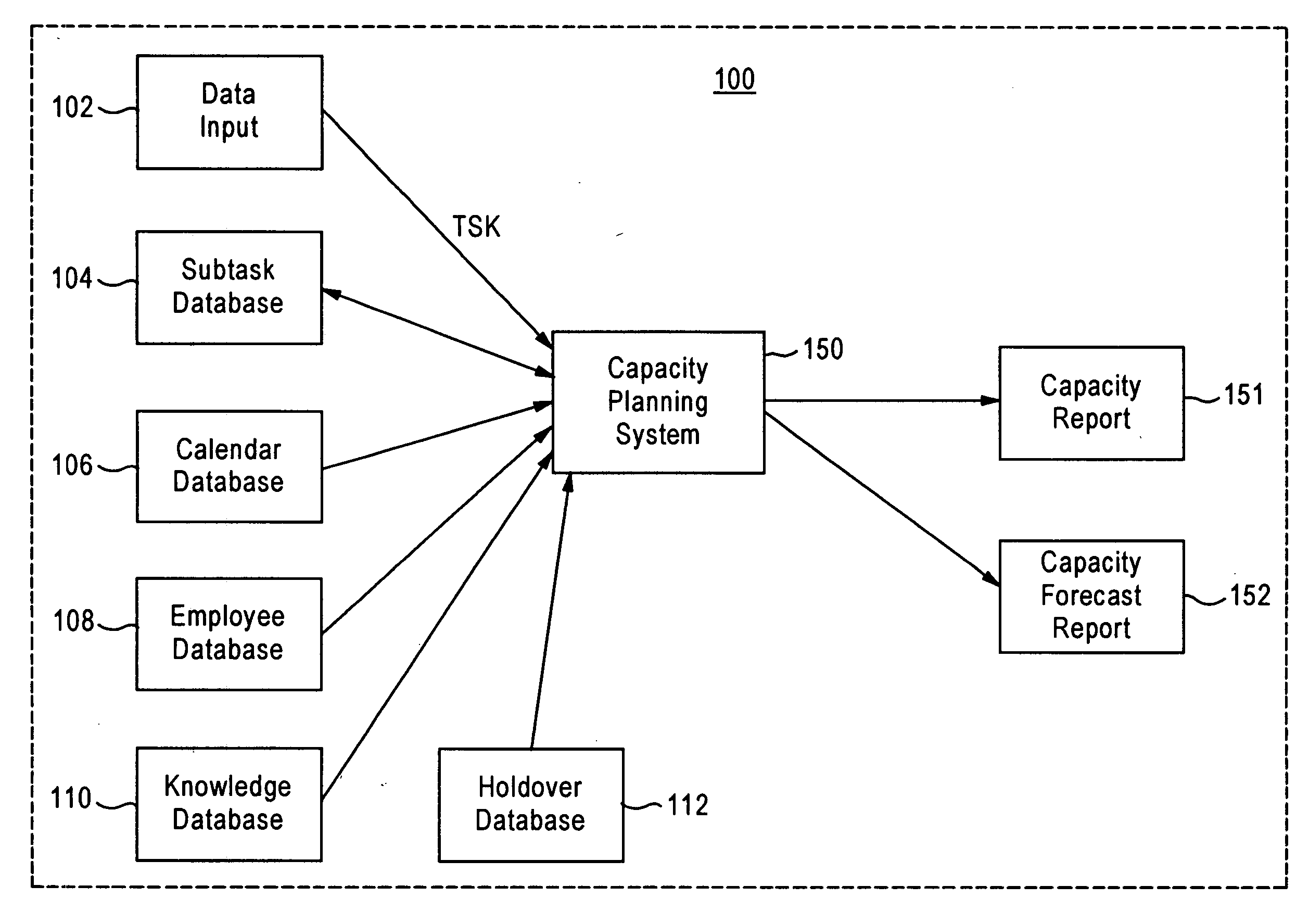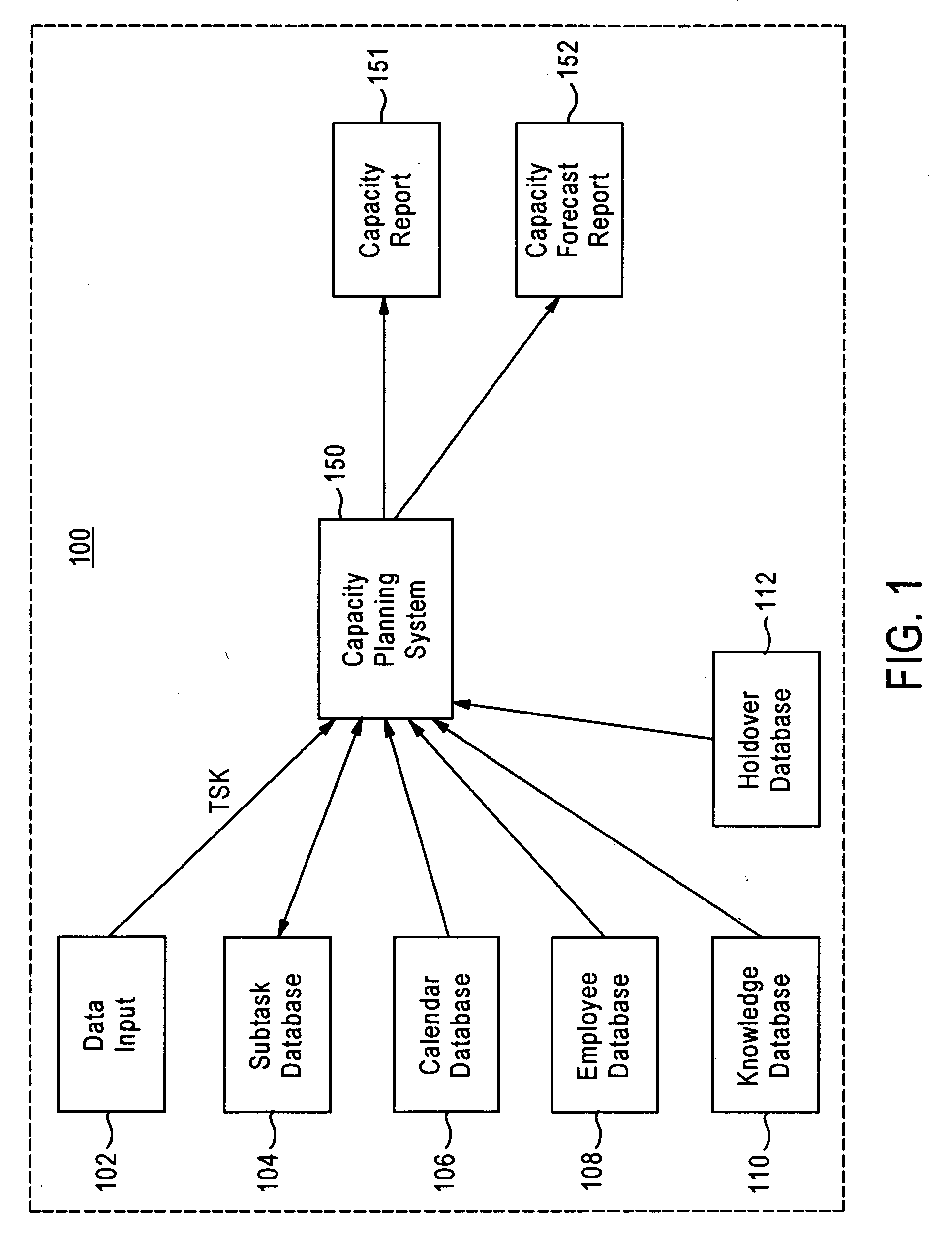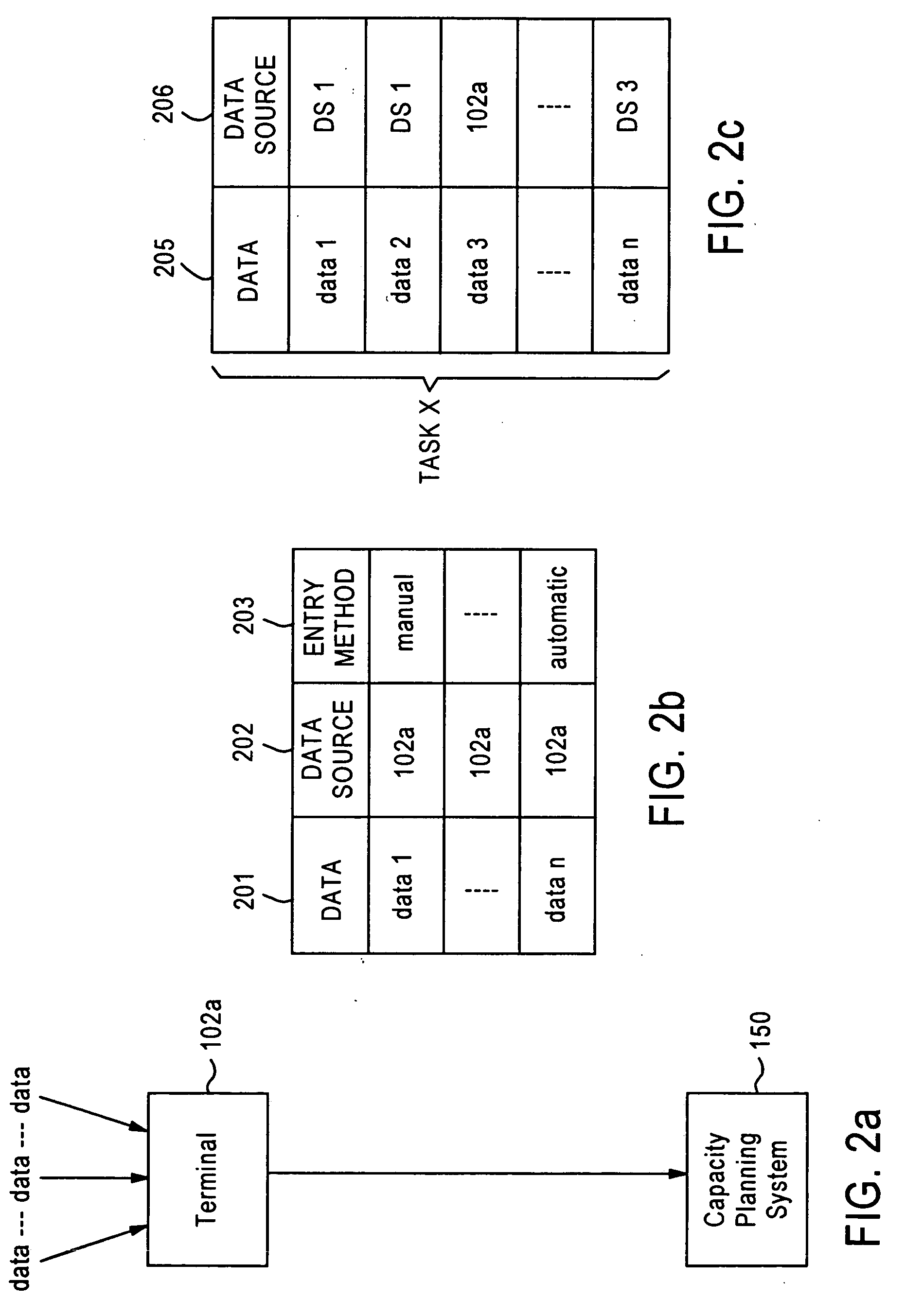Capacity planning method and system with approved accuracy and confidence indication
a capacity planning and accuracy technology, applied in the field of capacity analysis and forecasting, can solve the problems of different amount of time spent on functions, inability to address such complexity of the primitive model used in the conventional capacity planning system, and inability to meet the complexity of the complexity of the primitive model
- Summary
- Abstract
- Description
- Claims
- Application Information
AI Technical Summary
Benefits of technology
Problems solved by technology
Method used
Image
Examples
Embodiment Construction
In the following description, for the purposes of explanation, numerous specific details are set forth in order to provide a thorough understanding of the present disclosure. It will be apparent, however, to one skilled in the art that the present method and system may be practiced without these specific details. In other instances, well-known structures and devices are shown in block diagram form in order to avoid unnecessarily obscuring the present disclosure.
In FIG. 1, an exemplary capacity planning architecture 100 is shown. An exemplary capacity planning system 150 is provided to generate capacity reports to show the status of total workload and staff availability of an organization, such as a clearing firm. The capacity planning system 150 has access to information from various data sources, such as a data input 102, a subtask database 104, a calendar database 106, an employee database 108, a knowledge database 110, and a holdover database 112. Based on the obtained informa...
PUM
 Login to View More
Login to View More Abstract
Description
Claims
Application Information
 Login to View More
Login to View More - R&D
- Intellectual Property
- Life Sciences
- Materials
- Tech Scout
- Unparalleled Data Quality
- Higher Quality Content
- 60% Fewer Hallucinations
Browse by: Latest US Patents, China's latest patents, Technical Efficacy Thesaurus, Application Domain, Technology Topic, Popular Technical Reports.
© 2025 PatSnap. All rights reserved.Legal|Privacy policy|Modern Slavery Act Transparency Statement|Sitemap|About US| Contact US: help@patsnap.com



